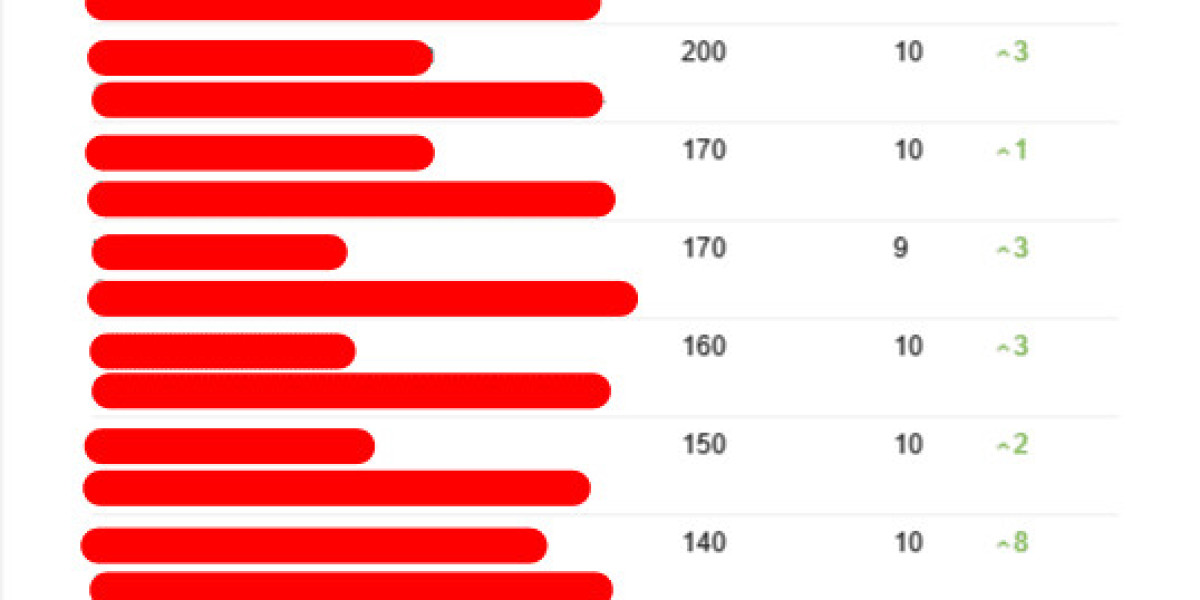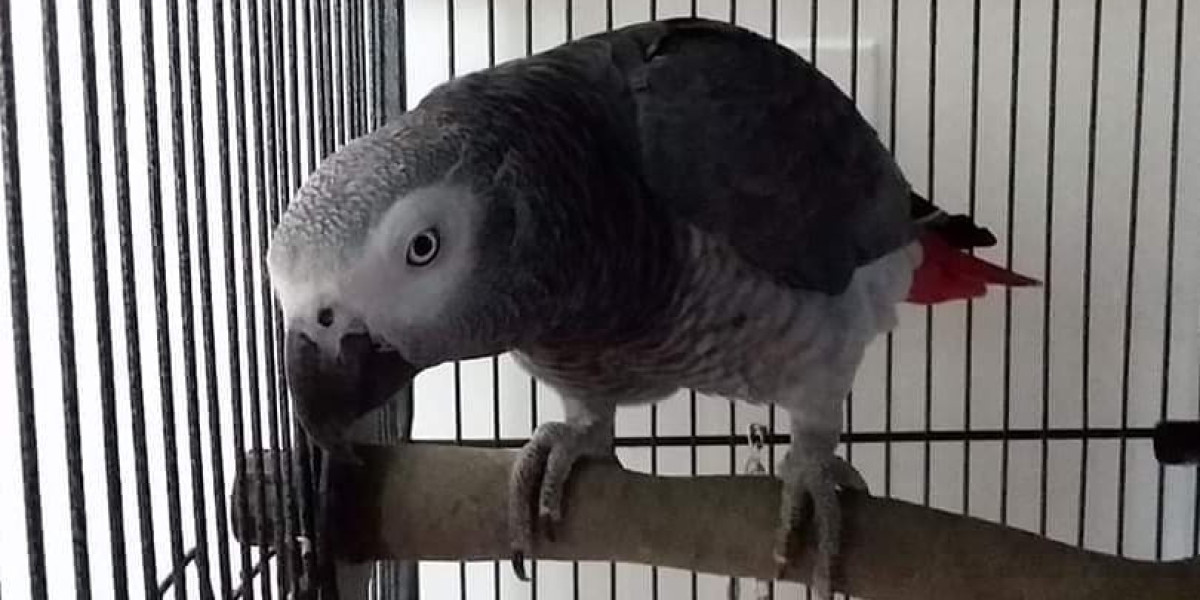Introduction: The Hat That Speaks Volumes
The Loverboy hat is not merely an accessory—it’s a rebellion stitched into wool, a theatrical performance atop the crown of the head, and a cultural manifesto masquerading as fashion. When Charles Jeffrey debuted the iconic horned balaclava as part of his Loverboy fashion line, it was clear this wasn’t your average beanie or cap. It was raw, queer, unapologetically bold—and it quickly became a staple not just within avant-garde circles but across a swelling wave of progressive fashion enthusiasts. The Loverboy hat represents more than warmth or seasonal wear. It’s a badge of identity, a salute to individuality, and a sartorial celebration of breaking the binary, both in terms of gender and style.
Origins: Where Punk Meets Pageantry
The Loverboy brand itself was born from a nightlife scene in Glasgow and nurtured within the subcultural corners of London’s fashion underground. Charles Jeffrey, often referred to as the “Club Kid Couturier,” launched Loverboy as a platform to fuse queer club culture with high fashion. The hat, specifically, encapsulates this ethos better than any other piece in the brand's repertoire. Its exaggerated horns echo punk’s signature spikes while playfully referencing folklore and fantasy. It is a hat that looks like it could belong to a rave-going elf or a mischievous demon at a drag ball.
Each stitch, curve, and color palette of the Loverboy hat is deliberate. It draws from the sacred and the profane, from medieval tapestries to manga aesthetics, and it challenges traditional notions of what fashion should look like. It is deliberately unrefined in some iterations, handmade and imperfect, giving it a lived-in, DIY feel that feels authentic in a world obsessed with polish.
More Than Fashion: A Queer Cultural Milestone
What sets the Loverboy hat apart isn’t just its eye-catching design—it’s the cultural narrative it weaves. It transcends mere accessorizing by acting as a bold declaration of queerness, eccentricity, and refusal to conform. In a world where queerness is still marginalized in many places, donning a Loverboy hat is akin to flying a flag. It says, “I’m here, I’m different, and I’m proud.”
Jeffrey’s work pulls heavily from queer history, including radical performance art, gender-bending icons like Leigh Bowery, and the resistance aesthetics of ACT UP-era activism. The hat, in many ways, is a love letter to those forebears. It’s theatrical, yes, but with purpose—it revels in the absurd while nodding respectfully to the serious struggles faced by the queer community. In doing so, the Loverboy hat becomes a wearable piece of social commentary.
Viral Popularity: From Runway to Sidewalk
Despite its niche aesthetic origins, the Loverboy hat quickly found its way into the mainstream. Seen on celebrities, TikTok influencers, and high-profile fashion campaigns, the hat’s surreal silhouette captured the collective imagination of a generation desperate for fashion with soul. In a sea of minimalism and normcore, the Loverboy hat screamed maximalism, creativity, and irreverence.
Street style photographers began documenting the horned headwear on the sidewalks of Paris and Tokyo. Gen Z latched onto it as a kind of countercultural totem—an emblem of standing out in a world of fast-fashion clones. It also helped that the hat was supremely photogenic: bright, bold, and a little unhinged, perfect for social media virality. But beneath the pixels and Instagram filters, the hat remained rooted in real, resonant ideals—gender freedom, queer pride, and the joyous chaos of self-expression.
Craftsmanship: Anarchy in the Form of Wool
There is an undeniable craftsmanship behind the chaotic charm of the Loverboy hat. While it may give the illusion of being tossed together on a whim, each piece is thoughtfully constructed. The yarns are often thick and tactile, sometimes hand-knitted or crocheted to add a raw, imperfect touch. The colors range from neon explosions to muted, earthy tones, but there’s always an intention behind every palette choice—whether it’s referencing 80s post-punk aesthetics or surreal fairytale creatures.
Many iterations of the hat also feature additional adornments—buttons, eyelets, embroidery, patches—each lending further depth and texture. These are not factory-line hats; they are wearable art, meticulously constructed to disrupt the norm. It’s not about “matching your outfit”—it’s about your hat commanding the room.
Styling the Loverboy Hat: No Rules Apply
One of the most intriguing aspects of the Loverboy hat is how it invites you to disrupt your own styling habits. It doesn’t ask to be matched with tailored blazers or flowy dresses—it dares you to create your own visual language. Pair it with a kilt, a distressed band tee, platform boots, or a metallic trench coat. Layer it with lace or leather, sequins or flannel. There are no rules because the hat itself is an act of rebellion against rules.
It serves both as the starting point and the final flourish of an outfit. Whether worn as a centerpiece or as an unexpected quirk in a minimalist ensemble, the Loverboy hat adapts. It may be born from the mind of a singular designer, but it evolves with each wearer, taking on the personality and mood of whoever puts it on. That’s part of its magic—it becomes deeply personal while remaining unmistakably emblematic of something much larger.
The Political Undercurrent: Fashion as Protest
Charles Jeffrey’s Loverboy aesthetic has always had a political edge. And while the hat might seem whimsical or even cartoonish at first glance, it’s this very theatricality that makes it subversive. It mocks the seriousness of fashion elitism. It exposes the absurdity of binary gender norms. And in some contexts, it challenges capitalist fashion itself—how many fast-fashion brands would dare to mass-produce a horned, demon-esque headpiece that actively resists conventional beauty?
By elevating what would traditionally be considered “costume” into high fashion, the Loverboy hat blurs boundaries and asks hard questions. What is masculinity? What is femininity? Who decides what’s beautiful or acceptable? These are not idle musings—they’re embedded in every fiber of the hat.
The Future of the Loverboy Hat: Iconic or Evolving?
As the fashion world continues to shift toward inclusivity and bold self-expression, the Loverboy hat is well-positioned to remain iconic. But Charles Jeffrey isn’t one to let things stagnate. Each season, we see reimaginings—new materials, more surreal shapes, unexpected textures. The hat, like the brand, is in a constant state of metamorphosis.
What began as a singular item has now become a whole universe—a character piece in a larger theatrical production that is the Loverboy brand. And yet, it retains its core identity: audacious, emotional, and deeply rooted in the need to express and resist.
Conclusion: More Than Just a Hat
In a culture increasingly obsessed with clean lines, beige palettes, and passive silhouettes, the Loverboy hat is a clarion call for chaos, color, and courage. It’s not for the faint-hearted. It’s for the dreamers, the rebels, the queer souls, and the fashion lovers who understand that clothing isn’t just about looking good—it’s about feeling seen. It is as much an artwork as it is an artifact of its time, capturing the spirit of a generation that demands to be heard, felt, and remembered.
Wearing a Loverboy hat is not about being on-trend—it’s about being you in the most radical way possible. And in that sense, it’s more than just a hat. It’s a movement.







